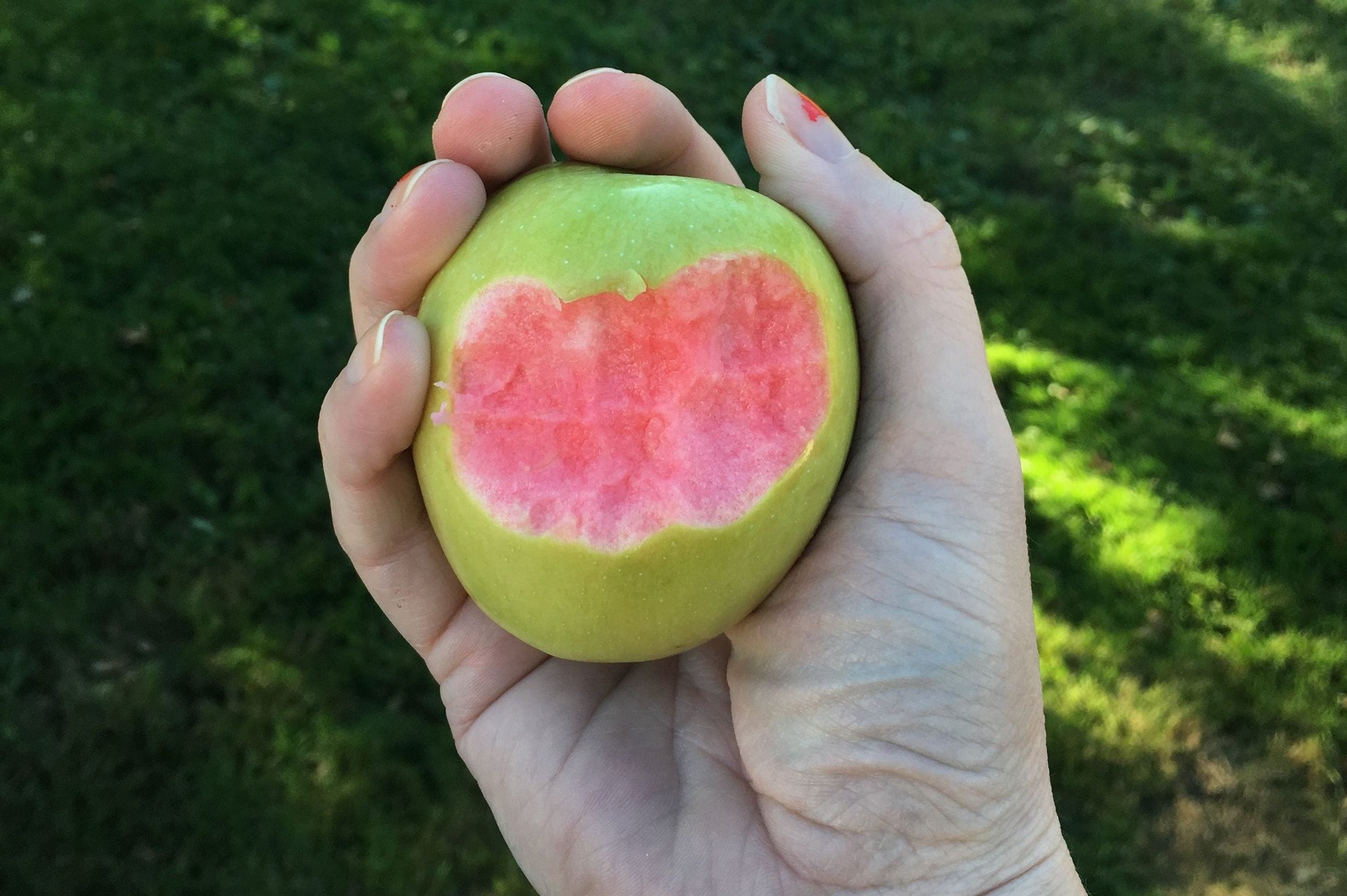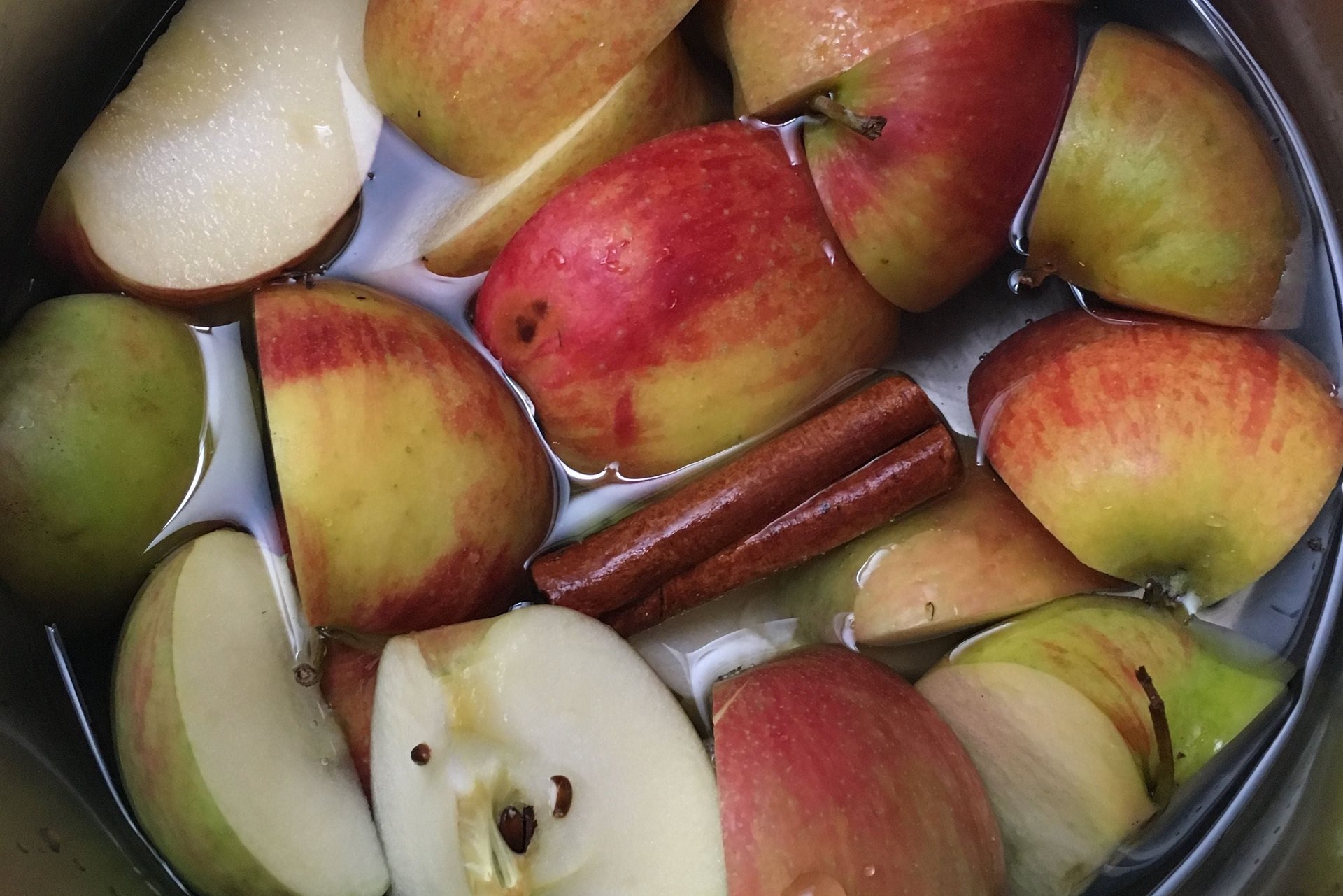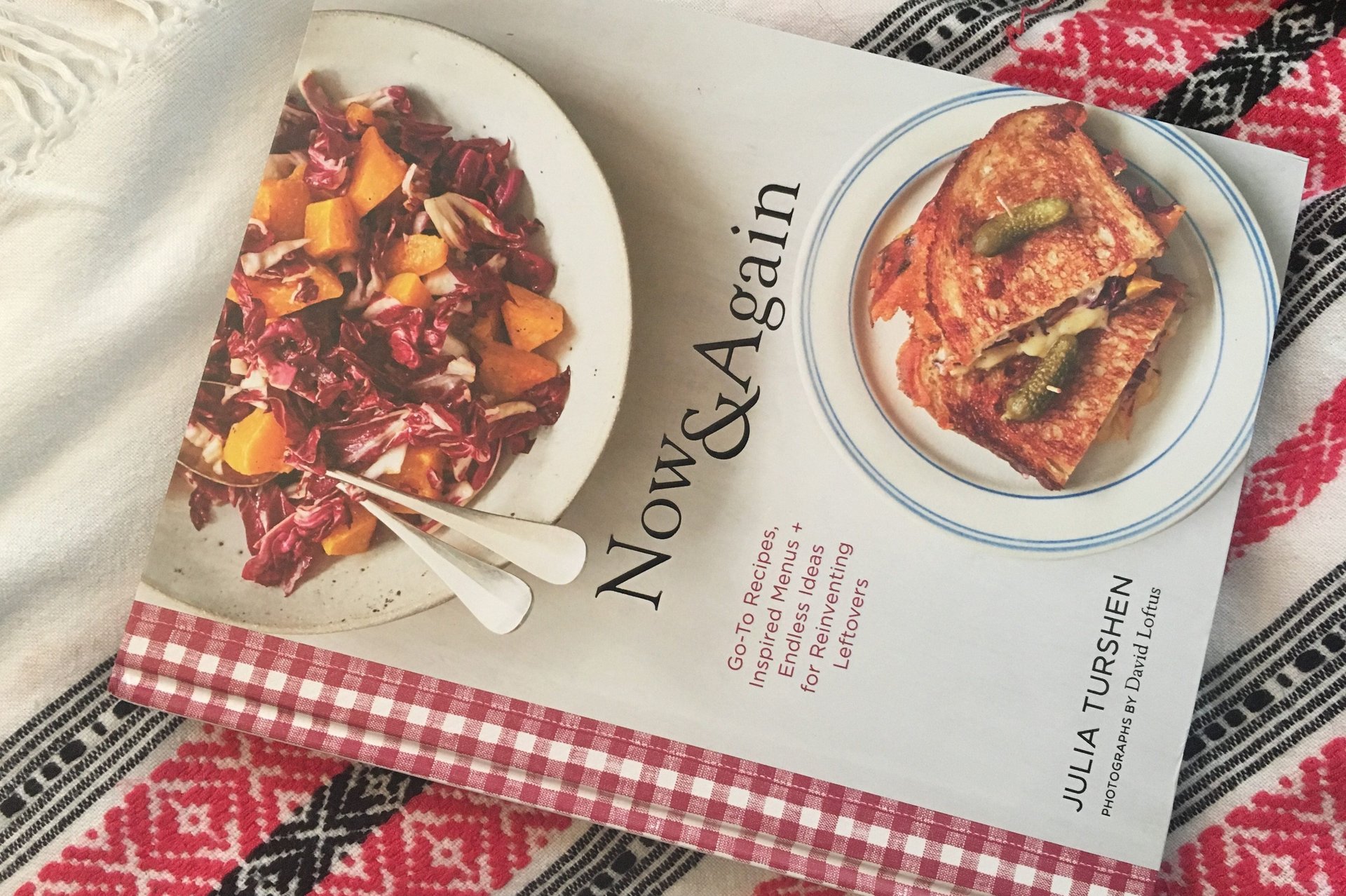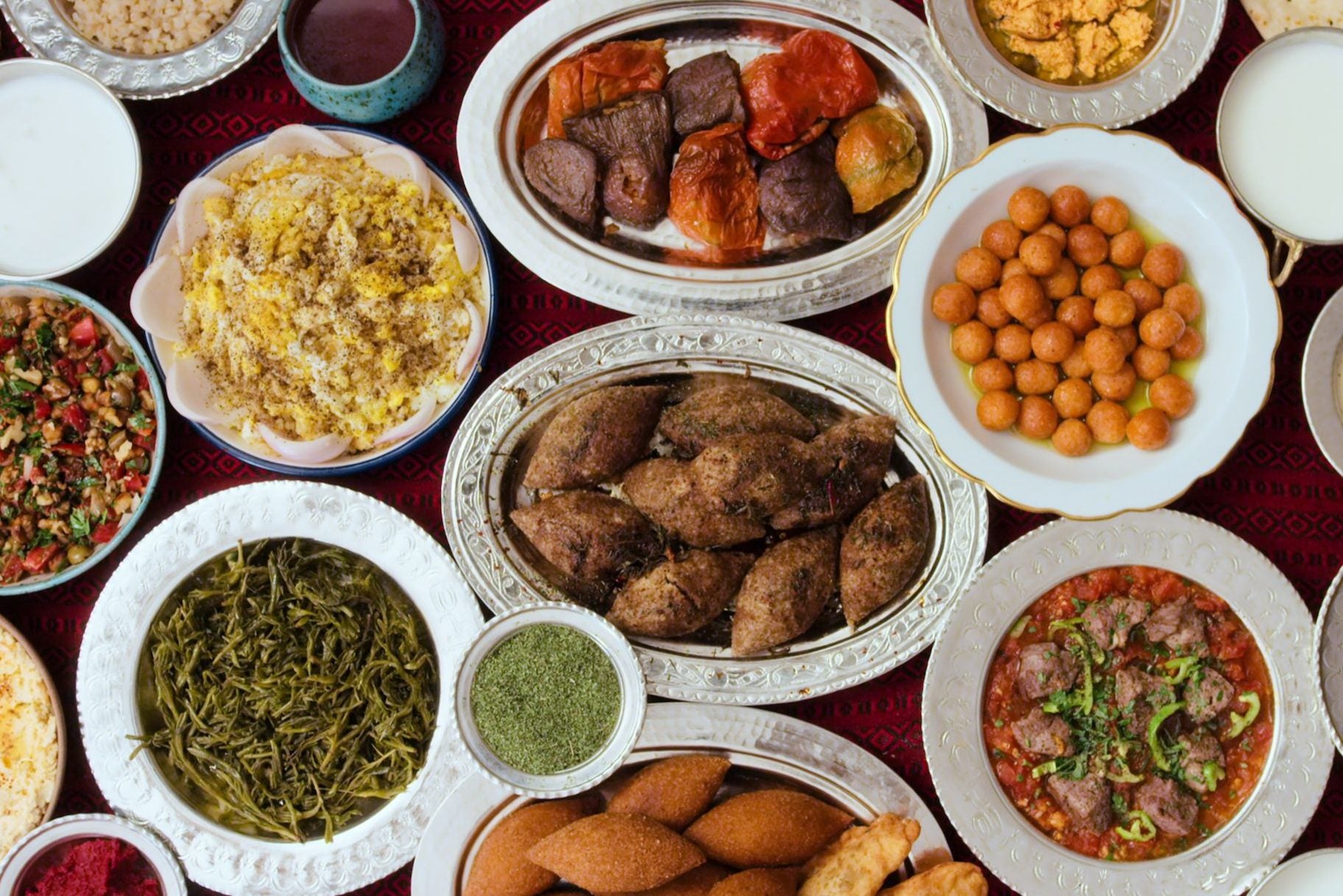Quartzy: the abundance edition
Hello and happy Friday!

Hello and happy Friday!
This is Annaliese Griffin, Quartzy’s resident food reporter, filling in for Jenni this week. I work remotely from Vermont, where the leaves are beginning to change from green into gold, orange, and crimson. There are still a few stray tomatoes hiding in my garden; my tomatillos are swelling into their husks, and a bouquet of sunflowers sits in the kitchen window. Everywhere I look, there it is: abundance.
I’m not talking about the woo-woo concept of “manifesting abundance,” (though more power to you if you’re doing it), but rather indulging in the simple pleasures of fall, and harvest with it—clear sunny days that still hold the warmth of summer, planning the holidays ahead, and tucking into the first apple pie of the season, baked with apples you picked yourself.

The apples of my eye. Apples, just like lush peaches or pillowy figs, have a season, and that season is fall. When I see apples with names like Northern Spy, Wolf River, or Arkansas Black I can’t help but buy a couple of each. These are quirkier varietals that don’t ship or store well, are too tart to please a crowd, or too temperamental to grow to produce in large numbers—like the indie rockers of the apple world.

Last year my favorite new discovery was the Hidden Rose in the photo above. They’re as delicious as they are Instagrammable, with thin skins and a sweet, round flavor. But they get soft quickly, so eat up. When I spot them, I always buy Arkansas Blacks, which have deep, purply skin and a rich flavor. I’ve loved them since a woman in a Brooklyn yoga class made a PSA instructing us all to proceed directly to the nearby farmer’s market to buy them. On a less exotic note, a super-fresh McIntosh is completely different than the mushy bland versions that often show up in the grocery store. Bright and juicy, they’re apple nirvana. And when you just need some utility fruit in a pinch? There is good deal to admire in the Granny Smith. Never amazing, always acceptable.
[quartzy-recipe]
Manifesting applesauce. My habit of buying weird apples sometimes results in an abundance of worse-for-the-wear fruit—hence, applesauce. I make mine with a food mill, which saves the step of coring and peeling the apples, because they get strained through the mill. If you don’t have one, just core your apples first and use a pastry blender or a fork to mash them up after they’ve cooked down.

Quarter your apples, put them in a saucepan, and just cover them with water. You can throw spices in here, too—a cinnamon stick, a couple cardamom pods. Bring to a simmer and cook for about 20 minutes, adding water if it starts to get low, so the apples don’t scorch. Place your food mill over a large bowl and transfer the cooked apples in batches. Grind them—skins, seeds and all—using a medium to fine plate (too coarse and the applesauce is kind of chunky and seeds get in). You may want to add a little cooking water to thin as you go. Once you’ve milled all your cooked apples, adjust your seasoning to taste, adding ground cinnamon, nutmeg, cardamom, and maybe even a tablespoon or two of brown sugar, depending on the tartness of the apples you used.

Making applesauce always makes me feel thrifty and capable. Julia Turshen’s new cookbook Now and Again aims to do the same. Turshen has organized it with recipes for specific meals—a birthday dinner for her wife, card night with friends, a pared-down Thanksgiving—followed by a second set of instructions for transforming the leftovers into something entirely new. I particularly love her list of seven things to do with leftover rice, and the conceit of a “Steak House Dinner for Vegetarians,” inspired by excellent old-school side dishes.
Turshen’s approach to leftovers feels a little looser than say, Food52’s A New Way to Dinner, which provides recipes and meal plans for a full week. I appreciate this easy-going relationship to the kitchen, though. There’s a real satisfaction in opening the fridge, spotting leftover roasted vegetables, fresh herbs, and a brick of feta, and creating a hearty farro salad or a vegetarian flatbread.
The nighttime is the right time. In autumn I revel in the luxury of lengthier evenings. As parents of two small children, my husband and I have to plan our movie nights together more carefully than we used to. An abundance of sleep makes our lives markedly better, and endless scrolling through Netflix is wasted time we can ill afford. Instead, we settle upon themed movie viewing projects.

We used to be more ambitious, exploring film history through French New Wave cinema or film noir. These days we’re more likely to choose a director with a broad body of work, like Ridley Scott (Alien, Bladerunner, G.I. Jane), or a theme, like urban apocalypse movies (Robocop, Judge Dredd, Ghostbusters). Favorite actors are a good way in, too—you can watch their performances change depending on co-stars and directors, and see themes emerge in their work. Narrowing your choices cuts down on feeling overwhelmed, or annoyed by the way your significant other wields the remote. It’s just the right amount of abundance.
Have a great weekend!



A new season of Chef’s Table, the Netflix show that explores food culture through the eyes of famous chefs, is out today, and I think it’s the best season yet. I reviewed it last week, and I can’t wait to watch them all again with my husband. The show has made a major correction in response to criticism that it skews too white, too male, and too Michelin-star-centric. Too many towers of smoke, foam, and uni dust, not enough grandmas. Cristina Martinez—the owner and chef of South Philly Barbacoa and one of the strongest voices advocating for immigrants working in US kitchens—is the subject of the season’s most moving episode, which deftly entwines food, family, and ambition. In other excellent episodes, shop Bangkok’s night markets with Thai chef Bo Songvisava and listen as chef Musa Dagdeviren passionately holds court about the dignity of Turkey’s kebabs.